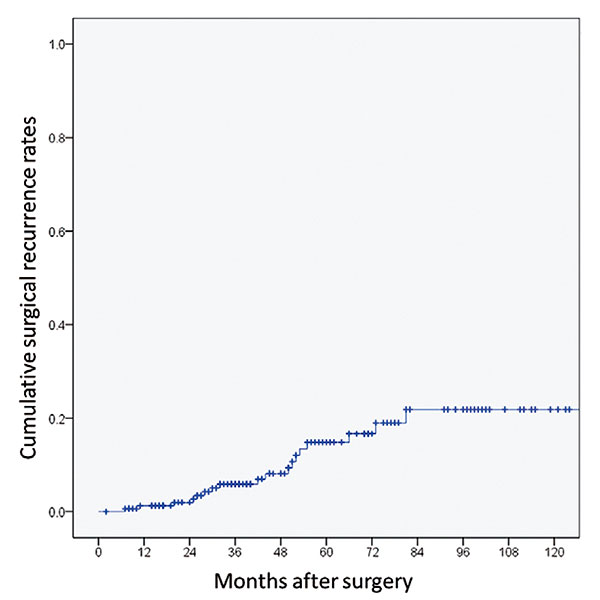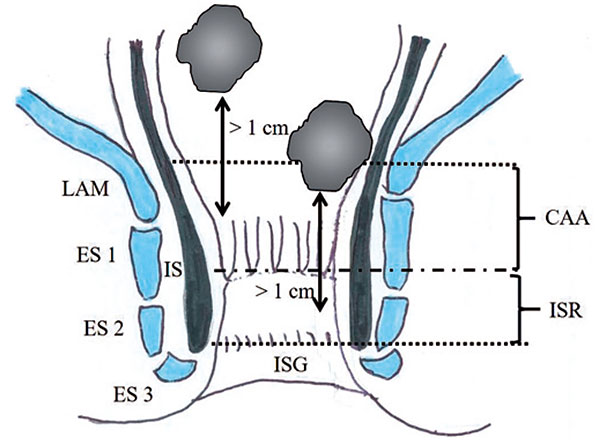Volume 1, Issue 1
Displaying 1-6 of 6 articles from this issue
- |<
- <
- 1
- >
- >|
REVIEW ARTICLE
-
2017Volume 1Issue 1 Pages 1-6
Published: January 27, 2017
Released on J-STAGE: May 25, 2018
Download PDF (108K)
ORIGINAL RESEARCH ARTICLE
-
2017Volume 1Issue 1 Pages 7-14
Published: January 27, 2017
Released on J-STAGE: May 25, 2018
Download PDF (4608K) -
2017Volume 1Issue 1 Pages 15-21
Published: January 27, 2017
Released on J-STAGE: May 25, 2018
Download PDF (13726K) -
2017Volume 1Issue 1 Pages 22-28
Published: January 27, 2017
Released on J-STAGE: May 25, 2018
Download PDF (6344K) -
2017Volume 1Issue 1 Pages 29-34
Published: January 27, 2017
Released on J-STAGE: May 25, 2018
Download PDF (3280K)
HOW I DO IT
-
2017Volume 1Issue 1 Pages 35-38
Published: January 27, 2017
Released on J-STAGE: May 25, 2018
Download PDF (2332K)
- |<
- <
- 1
- >
- >|





